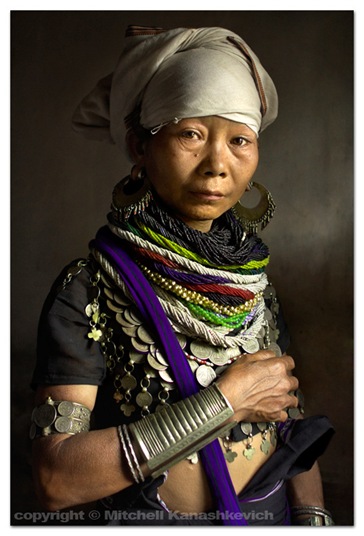 Since I’ve been pretty much consumed by all things light related recently, writing texts for my new e-book, I decided to write a post in the spirit of, you guessed it - light.
When I’m shooting, particularly when shooting portraits I have an obsession with creating a sense of volume and depth, making my photographic subjects appear sculpted, three dimensional. Turns out there has been a word for this “look”, since long before photography. The word is - “chiaroscuro”.
Since I’ve been pretty much consumed by all things light related recently, writing texts for my new e-book, I decided to write a post in the spirit of, you guessed it - light.
When I’m shooting, particularly when shooting portraits I have an obsession with creating a sense of volume and depth, making my photographic subjects appear sculpted, three dimensional. Turns out there has been a word for this “look”, since long before photography. The word is - “chiaroscuro”.
Now, call me an idiot, or a bad student, since I’m sure we learned this in my art history class at university, but when I heard the word from a traveling artist I befriended in Indonesia, I didn’t really know what he was on about.
Of course I put on a smart, understanding face, the first time I heard it, :) but after he used the word a second time, remarking how much he loved the presence of “chiaroscuro” in my work, (which I was showing him) I could pretend no longer :) - “chiaro-what?” He gave me a definition along the lines of what I later found later on Wikipedia:
“Chiaroscuro (Italian for light-dark) is a term in art for a contrast between light and dark. The term is usually applied to bold contrasts affecting a whole composition, but is also more technically used by artists and art historians for the use of effects representing contrasts of light, not necessarily strong, to achieve a sense of volume in modeling three-dimensional objects such as the human body.”
Today, as I was looking at some of my images, trying to explain the natural light in them and to break down into diagrams how it can be managed, I remembered the word and decided to Google it.
Caravaggio and Rembrant are two famous artists known for their mastery of “chiaroscuro”. I’m not making a revelation when I say that they’re masters for a reason. One thing is for a photographer to see the light and to position the subject in a way that will create the “chiaroscuro” look and another is to actually paint it. Every little detail is noticed and needless to say, the work of these artists is inspirational, even a few hundred years after its creation.
One important thing to note is that the masters were able to create compelling images without any of the amazing technology we have today (lighting or photographic). Many still do this there’s something to be said there. We don’t need fancy light set ups, artists have sculpted with light for hundreds of years. The first step for us as photographers is to see the light that is before us and understand how to work with it. There’s no sense in rejecting the creative opportunities that artificial light brings – that would be “counter evolutionary”, but there’s also no reason to ignore the power of natural light.
My stance is all for making the most of available light, in the literal sense of the word – any and all light available to the photographer on the move, that’s what I really want to explore in the e-book.
On a side note: I wander if any of the painters rave on about their gear or debate about which paint or brush is better, as photographers often do?

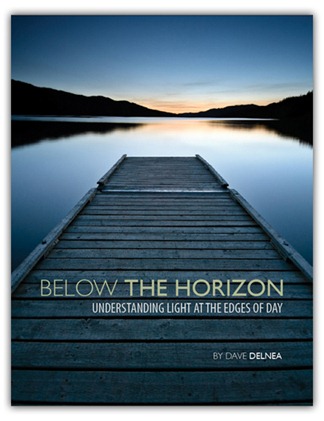
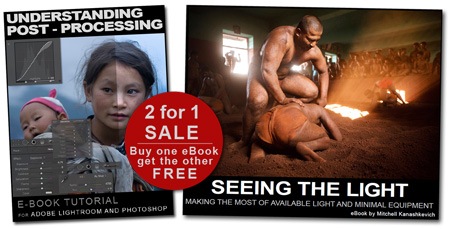
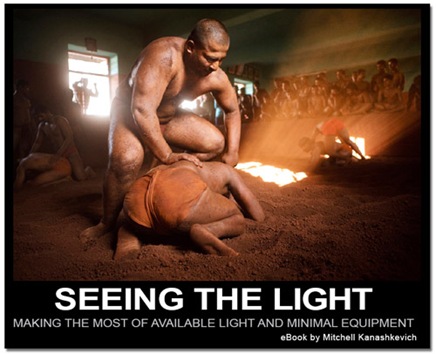
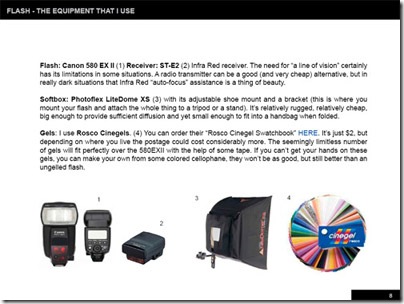
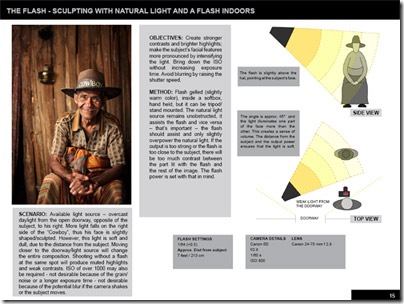
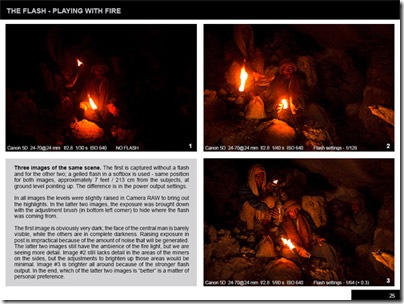
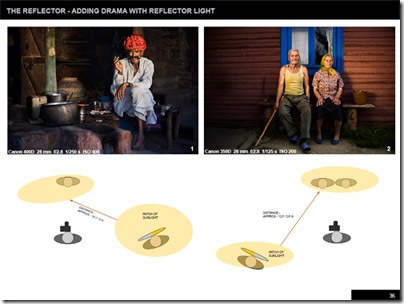
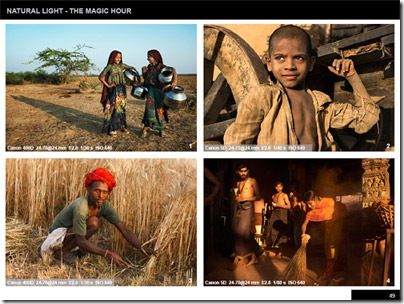 Sample images taken under natural light with complete Exif data
Sample images taken under natural light with complete Exif data









 Since I’ve been pretty much consumed by all things light related recently, writing texts for my new e-book, I decided to write a post in the spirit of, you guessed it - light.
When I’m shooting, particularly when shooting portraits I have an obsession with creating a sense of volume and depth, making my photographic subjects appear sculpted, three dimensional. Turns out there has been a word for this “look”, since long before photography. The word is - “chiaroscuro”.
Since I’ve been pretty much consumed by all things light related recently, writing texts for my new e-book, I decided to write a post in the spirit of, you guessed it - light.
When I’m shooting, particularly when shooting portraits I have an obsession with creating a sense of volume and depth, making my photographic subjects appear sculpted, three dimensional. Turns out there has been a word for this “look”, since long before photography. The word is - “chiaroscuro”.